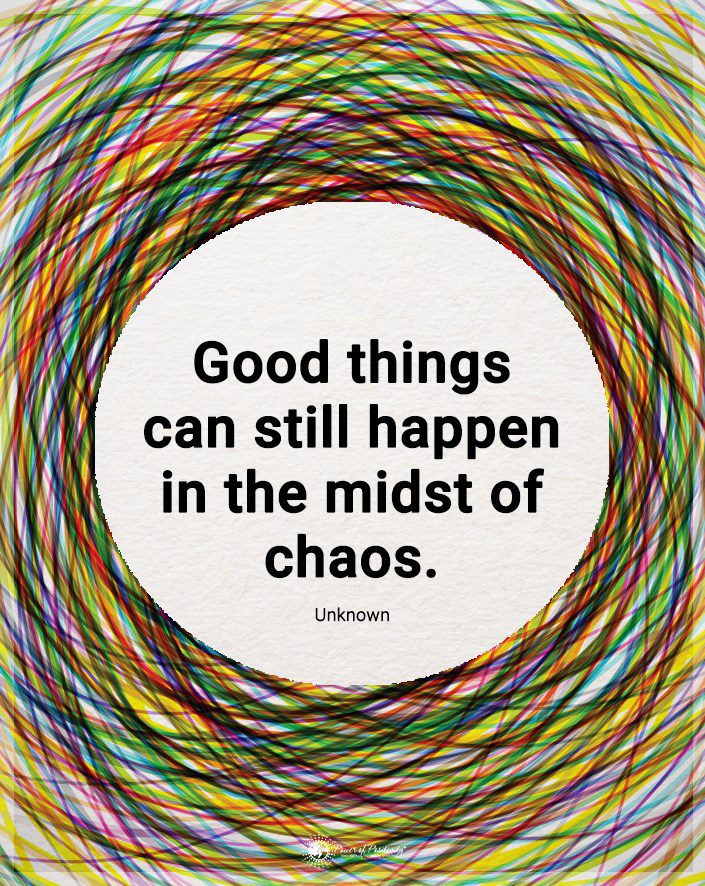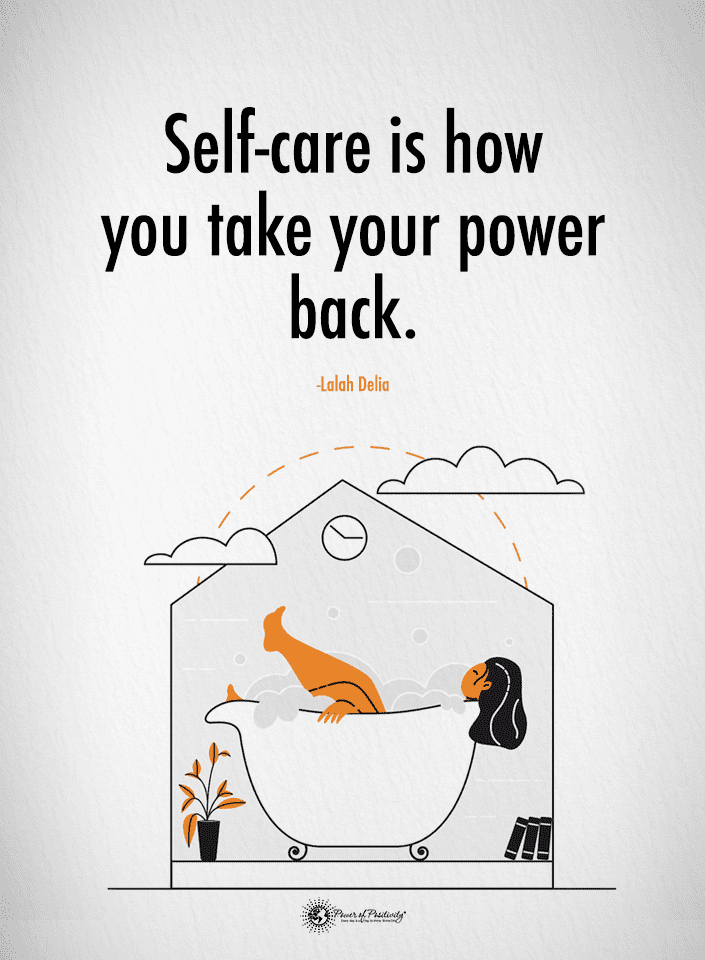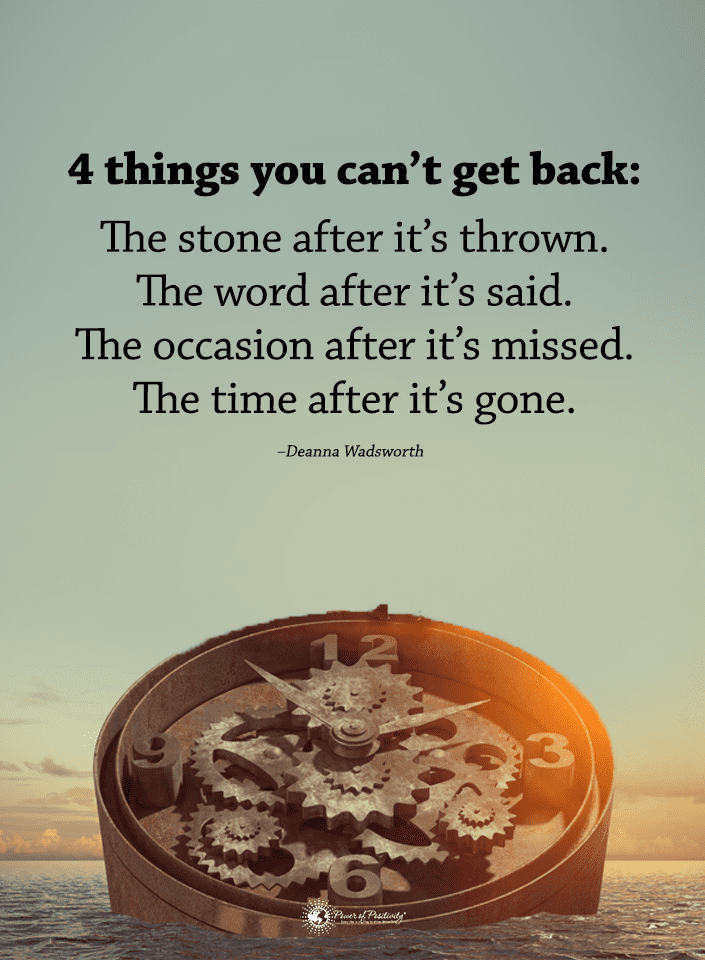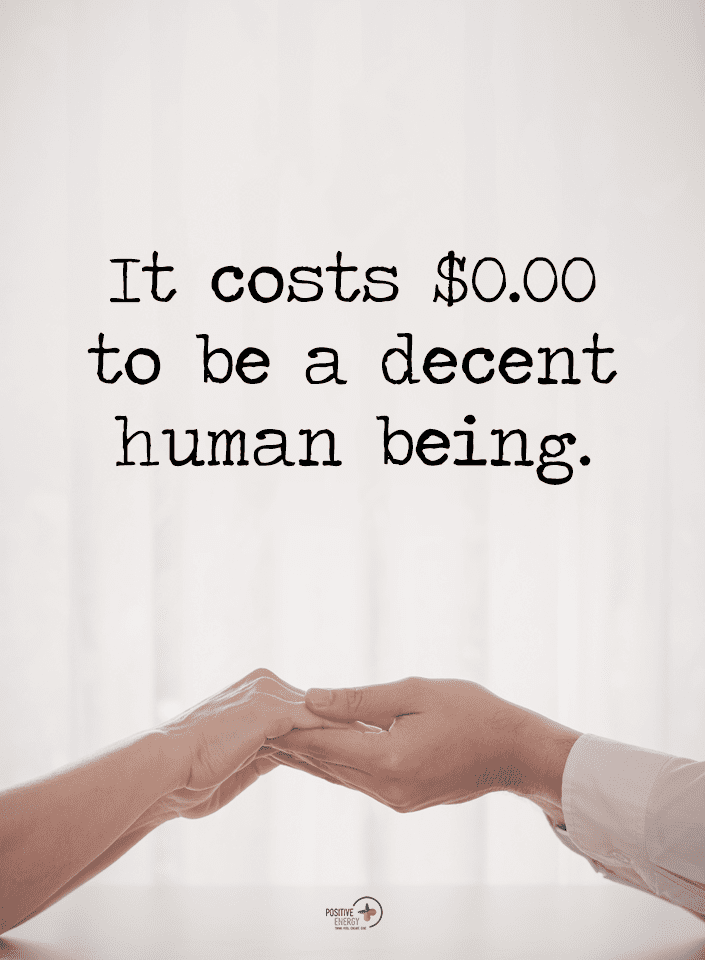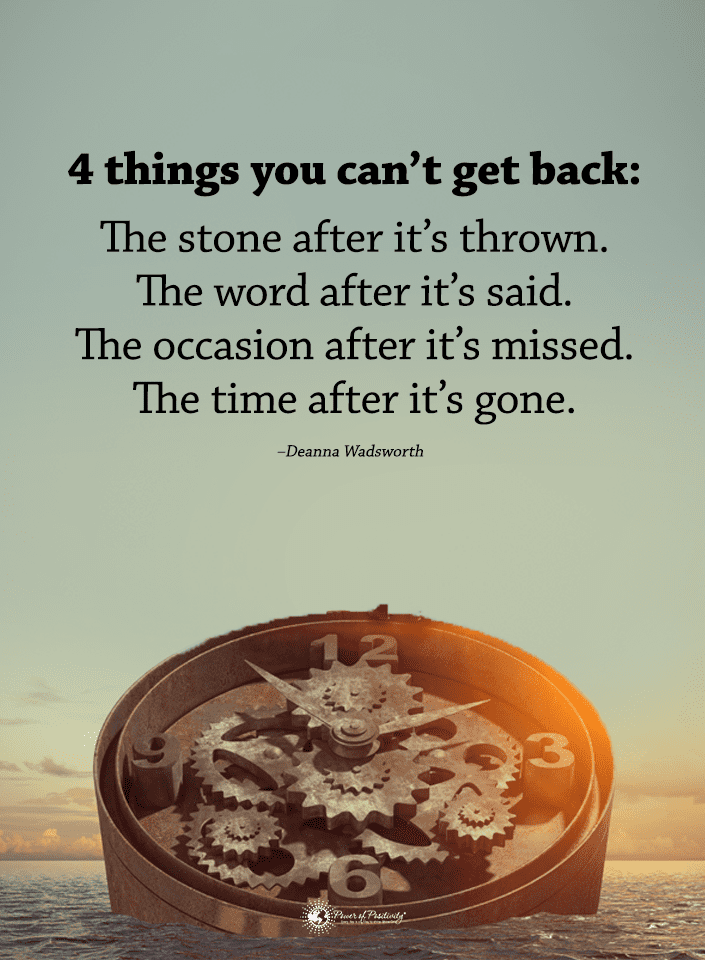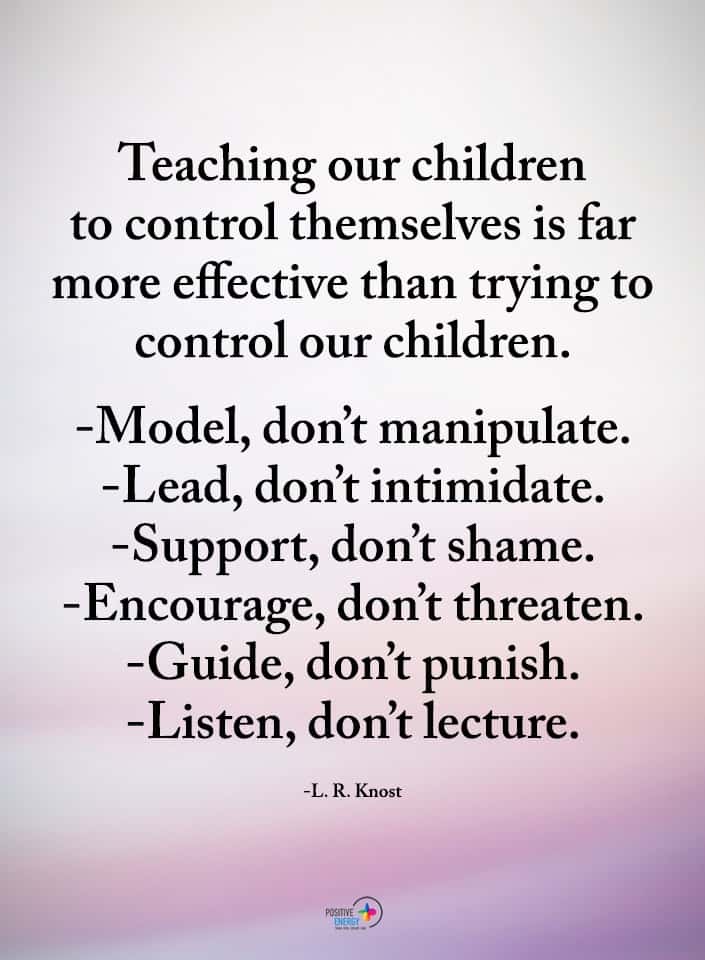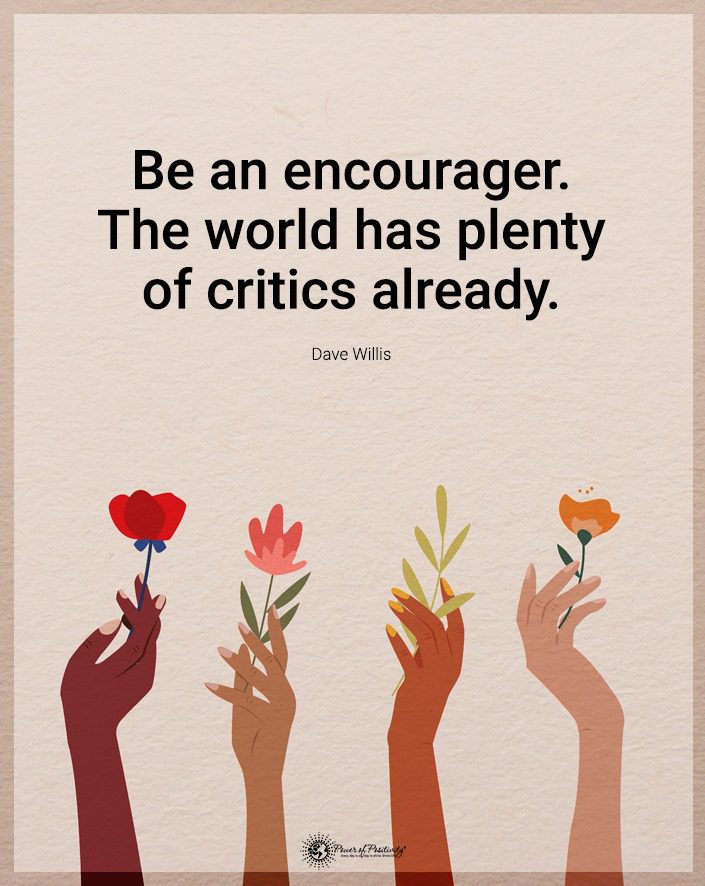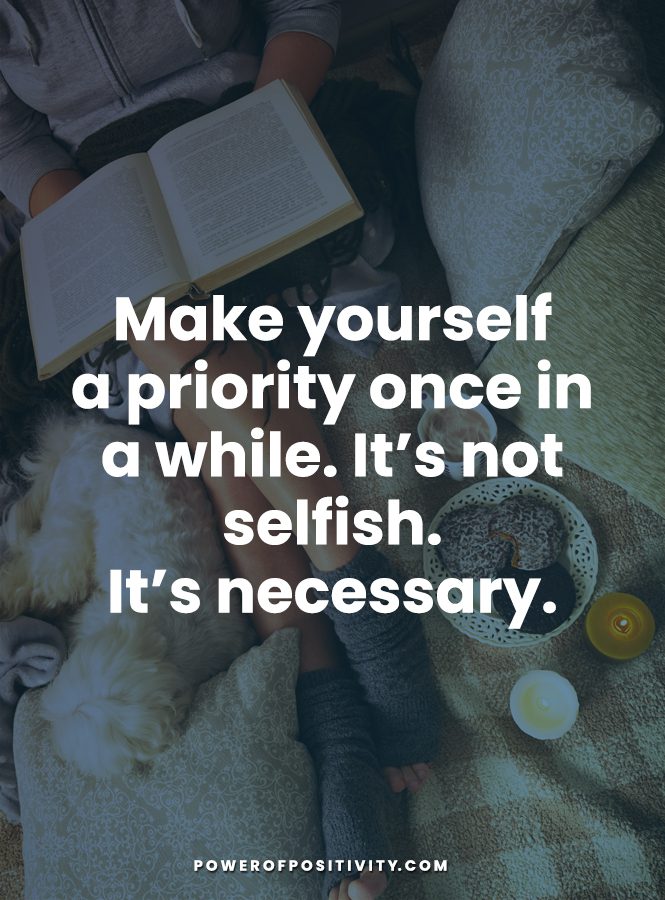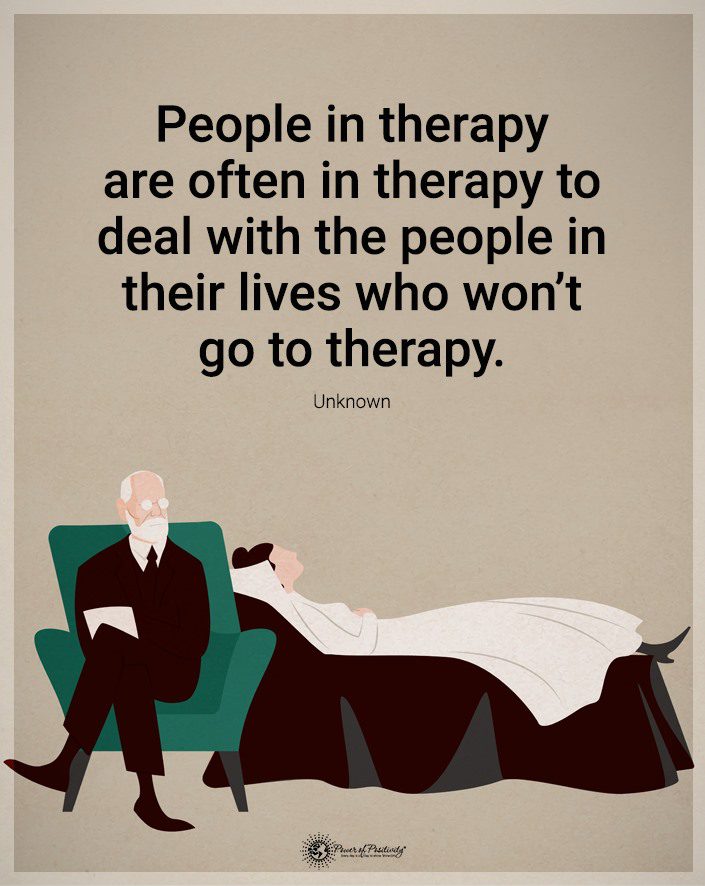Learn about how attachment styles dictate relationships.
Imagine if the way we clung to our teddy bears or ran to our parents during a stormy night was a tiny window into how we’d connect with others as adults. Sound fascinating? These early experiences predicted whether you would have a secure attachment style in adult relationships.
Consider your attachment style the secret script that dictates how you relate, love, and find your place in relationships. By understanding these patterns, we better navigate the complexities of human connection more effortlessly.
The Four Primary Attachment Styles
British psychoanalyst John Bowlby developed attachment theory during the mid-20th century. Bowlby was primarily interested in understanding the nature of a child’s attachment to their caregiver and how this attachment influenced their development and well-being.
His work observed young children separated from their families during World War II. He also drew from his own experiences and studies. He proposed that children are biologically predisposed to develop attachments with caregivers because this increases their chances of survival.
Mary Ainsworth, a developmental psychologist, further expanded on Bowlby’s work through her research. She conducted the “Strange Situation” study, which was instrumental in identifying and categorizing different attachment styles in children: secure, anxious-avoidant, anxious-resistant, and disorganized/disoriented.
Bowlby’s and Ainsworth’s pioneering work laid the groundwork for countless studies on attachment in children and adults, making it a cornerstone in developmental psychology and psychotherapy.
Secure Attachment Style
Often dubbed the ‘gold standard’ of attachment styles. This healthy and secure type embodies a harmonious balance between intimacy and independence.
Individuals with this attachment style often had consistent and responsive caregivers during their childhood. This foundation paved the way for them to develop a deep-rooted belief that they are worthy of love and that others are trustworthy and reliable.
Anxious-Preoccupied Attachment Style
Imagine a scale where one end is independence, and the other is intimacy. The anxious-preoccupied type leans heavily towards intimacy, often to the point of obsession. These individuals tend to be very concerned about their relationships.
They often fear that their partner doesn’t love them or might abandon them. This fear originates from inconsistent caregiving in their formative years. Sometimes, they were met with warmth, other times with coldness, leading to confusion and anxiety about the reliability of love.
Dismissive-Avoidant Attachment Style
On the flip side of the anxious-preoccupied type is the dismissive-avoidant attachment style. These individuals lean toward the independence end of our imaginary scale. They tend to keep an emotional distance from their partners, valuing their autonomy above all.
That doesn’t mean they lack feelings; instead, they often suppress or dismiss them, stemming from early-life experiences where they had to rely on themselves because caregivers were often emotionally unavailable.
Fearful-Avoidant (Disorganized) Attachment Style
The fearful-avoidant (sometimes called disorganized) attachment style is a tumultuous blend of anxious and avoidant tendencies. These individuals deeply desire close relationships but are intensely afraid of getting hurt.
This push-and-pull behavior can be traced back to traumatic or unpredictable caregiving in childhood, leading them to view relationships as a source of comfort and fear.
Understanding the Secure Attachment Style:
A deep dive into the secure attachment style is akin to exploring a well-lit room. The ambiance is warm, and the air is light. It’s a comfortable place. However, it is not one of complacency; it’s active, alive, and evolving.
- Foundations: Safe, secure child parenting is at the heart of this style. When they cried, someone came. When they laughed, someone laughed back. This consistent caregiving ensured the child internalized the idea that the world is safe. Thus, they learned to rely on others.
- Self-Perception and Worldview: With a history of positive interactions, securely attached adults believe they deserve love and respect. They see others as generally well-intentioned and trustworthy. This positive outlook allows them to approach relationships with openness and optimism.
- Navigating Relationships: They have the uncanny ability to maintain their individuality while being deeply connected to their partners. Their relationships come from mutual respect, open communication, and a genuine understanding of each other’s needs.
By understanding the secure attachment style in-depth, we can better appreciate its strengths and recognize its signs in ourselves and others, laying the foundation for healthier, more fulfilling relationships.
10 Signs Someone Has a Secure Attachment Style
These signs are interconnected, reflecting a holistic approach to relationships grounded in early-life experiences. They also reflect the internalized belief systems they foster. Recognizing these signs in oneself or a partner can be the key to cultivating healthier, more fulfilling relationships.
1. Comfort with Intimacy
A hallmark of the securely attached individual is a genuine comfort with intimacy. Unlike the anxious attachment style, where intimacy can become a source of obsession, or the avoidant style, which may shun closeness, the securely attached person embraces it. The science behind this comfort lies in the early caregiving experience. A child whose parents do not meet their emotional needs learns to associate closeness with feelings of safety, trust, and comfort. This association carries into adulthood that showing vulnerability and seeking closeness is natural and rewarding.
2. A Secure Attachment Style Means Independence Without Anxiety
The securely attached adult exhibits a balanced approach to independence. They don’t perceive their autonomy as a threat to their relationships. Rooted in a childhood where they were allowed to explore the world around them, knowing they had a secure base (their caregiver) to return to, they mature into adults who can pursue personal interests without the lurking fear of abandonment. This trait distinguishes them from the anxious-preoccupied type, who may constantly worry about the state of their relationships.
3. Open and Honest Communication
One of the most commendable traits of a securely attached individual is their ability to communicate openly. This excellent competency comes from their self-worth. Growing up feeling valued and understood, they believe their feelings and needs are essential. This self-belief translates into a relational dynamic where they feel confident expressing themselves without fearing judgment. They also become adept at active listening, acknowledging their partner’s feelings and perspectives.

4. Responds Well to Partner’s Needs and Boundaries
Having grown up with caregivers who were attuned to their needs, securely attached individuals can easily reciprocate this attentiveness in their relationships. They can recognize, respect, and respond to their partner’s needs and boundaries. This understanding comes from an internalized belief that everyone’s emotions and needs are valid and deserve respect.
5. A Secure Attachment Style Has Realistic Expectations in Relationships
A securely attached person doesn’t look to their relationship to solve or complete all their problems. They understand that no relationship is without its challenges. This realistic perspective comes from early experiences where they observed that caregivers, while loving and reliable, were not infallible. This understanding helps them navigate adult relationships’ ups and downs with resilience and a belief in mutual growth.
6. Regulates Emotions Effectively
Emotion regulation is a significant forte of the securely attached. These people can handle stress, disagreements, and other emotional upheavals without letting these moments destabilize their sense of self or view of the relationship. This ability has its roots in early interactions where emotional expressions (like crying or showing frustration) were met with understanding and comfort, teaching the child that emotions, while powerful, are manageable.
7. Secure in Their Self-worth
A securely attached individual has a fortified sense of self-worth. That isn’t an inflated ego but a genuine belief that they deserve love, respect, and understanding. Such an understanding comes from consistent positive reinforcements during their developmental years, where caregivers celebrated accomplishments and encouraged them to try again after a setback.
8. A Secure Attachment Style Is Not Threatened by Feedback
While criticism can be a sore point for many, the securely attached view feedback differently. As a result, a secure person sees it as an avenue for growth rather than an attack.
This perspective is rooted in their early experiences, where caregivers provided guidance and corrections in a loving, constructive manner, instilling a belief that feedback can be beneficial.
9. Values Independence in Their Partner
Just as they cherish their independence, securely attached individuals appreciate and encourage the same in their partners. They celebrate their partner’s achievements, personal growth, and independence, understanding that a relationship comprises two individuals with their dreams, passions, and paths. This trait departs from the anxious attachment style, which might view a partner’s independence as a threat.
10. Don’t Play Games in Relationships
A securely attached individual is straightforward in their relationships. There’s no room for manipulation, silent treatments, or passive-aggressive behaviors. This honesty springs from their foundational belief in trust and consistency in relationships, developed from early-life experiences of transparent and consistent caregiving.
The Importance of Recognizing a Secure Attachment Style
Recognizing a secure attachment style in ourselves or our partners is akin to finding a compass in the vast and often tumultuous ocean of relationships. Here’s why understanding this style is crucial:
- Predictive Value: Understanding one’s attachment style can offer predictive insights into how one might behave in relationships. Recognizing secure attachment traits can lead to more informed decisions, fostering connections that thrive on mutual understanding.
- Building Stronger Relationships: Relationships anchored in secure attachment principles are more stable, satisfying, and long-lasting. Couples can enhance mutual respect, trust, and emotional intimacy by identifying these principles.
- Personal Growth: A secure attachment style isn’t just beneficial for relationships and a boon for personal development. Such individuals often have a balanced self-esteem, are resilient in the face of challenges, and possess effective coping mechanisms.
- Promoting Mental Well-being: Research has consistently shown that individuals with a secure attachment style exhibit better mental health. They tend to have lower rates of anxiety, depression, and other mental health issues. Recognizing and nurturing this attachment style can be a protective factor for mental well-being.
- Interpersonal Dynamics Beyond Romantic Relationships: While attachment styles often appear in the context of romantic relationships, their influence permeates all interpersonal dynamics. These can also impact friendships and work relationships. Recognizing secure attachment qualities can enhance a broad spectrum of interactions.
Final Thoughts on the Secure Attachment Style
Understanding the secure attachment style is pivotal in fostering healthier, more stable relationships. It provides a foundation for mutual respect, clear communication, and authentic intimacy. In fact, it can be a benchmark for what many aspire to achieve in their interpersonal connections.
Recognizing these traits in ourselves and those around us benefits our romantic relationships, friendships, familial ties, and professional interactions.
As we better understand attachment theory and its practical implications, we empower ourselves with knowledge, enabling us to cultivate, sustain, and strengthen the bonds we hold dear.


